Today I’m going to write a rhythm part for a metal song and explain the process I go through at each stage. I’ll go for a combination of Thrash and Melodic Death Metal.
I’ll assume that you have a “metal tone” for writing metal rhythm guitar, but in a future post we’ll cover some tips for getting a good tone. For now just remember that you want plenty of mids, and a decent amount of gain, but not too much. We want a nice tight rhythm not tons of crackly white noise and feedback.
Writing Metal Rhythm Guitar : First Steps
I’ll start by playing around with a combination of 8th notes and “gallops”. Below is a quick example of an E5 power chord played as 8th notes:
A gallop is a series of three notes played as either an 8th followed by two 16ths or two 16ths followed by an 8th note. People often refer to gallops as “triplets”, however this is WRONG. A triplet comprises three notes of equal length, but I won’t get too into that for now. Here’s a quick example of the two types of gallop:
Gallops are almost always “palm muted”. If you don’t know the term it just means touching your palm against the strings near the bridge with your picking hand to get a more muted, percussive sound rather than having the note ring out. This tightens up the sound of the rhythm when using high gain settings.
Making it more interesting
Next I’m going to start adding in some more notes and power chords with and without palm muting to start to develop more of a harmony. At this stage I will just improvise different things and make a note of anything I come up with that I like. I’m also starting to think about what key the riff is in, or if it moves between keys. Below are a couple of examples that I came up with which I’ll start to develop further:
The riff is in B phrygian. I also had an idea to alternate some of the notes between the two guitars. I record rhythm twice and pan one to the left and one to the right for a fuller sound. Here is the same idea with the alternating parts:
For metal you generally want a darker, heavier sound so minor keys work well (Dorian, Phrygian and Aeolian or Harmonic minor etc). I’m using mostly power chords and darker intervals like minor thirds and the diminished fifth in the next couple of ideas. Phrygian has a minor second which has a nice heavy sound to it in relation to the root too.
For now I’m keeping things relatively simple but we could always get more technical by adding in some key changes or changes in time signature or even incorporating poly-rhythms. This will depend on what style of metal you want to write and also what feels right for the song.
Next Steps
If you’re writing metal rhythm guitar for a band the next stage could go a couple of different ways. You could show the band what you’ve come up with at the next practice session and then work on arranging them into a song as a band, or you could carry on working on them by yourself and then take it to the band once its more polished, or even write the whole song and then show the rest of the band. This will depend on how the band as a whole likes to work. The band may feel left out if you regularly write whole songs alone without them having any input.
Since I’m a solo guitarist recording in a bedroom I don’t have a band. I prefer to work mostly alone and have full creative control. To some this may be appealing, to others it might sound a bit selfish, again it comes down to how you prefer to work. Be aware though that if you’re writing alone it can be hard to stay critical, you don’t want to get too attached to riffs which aren’t working for a song just because you like playing them. Collaborating with others often has the benefit of bringing more variety to your music.
Arranging the Riffs
Now that I have a few riffs I’ll start to arrange them, which basically means deciding what order they should be played in and how many times each part should repeat.
I’ll start to think about whether each riff feels like a verse or chorus or maybe a bridge section and I will try fitting them together. Being able to do a simple recording will help a lot at this stage, or tabbing your riffs into software that can play them back (I use Guitar Pro). When I used to play in the band Triverse Massacre we would sometimes record ideas on to our drummer’s mp3 player. It didn’t need to be amazing quality just good enough that we could make out what was being played so we could remember it and analyze the structure.
This is probably the part people tend to struggle with the most. There are a few different ways you can approach this. Again its something where you have to just keep trying different things to find what works best for you.
They way I tend to work from this point on is a little unusual. Although I’m sure plenty of people have similar methods.
A quick tip before we move on. If you have two riffs that don’t quite fit together don’t panic. Sometimes it only takes a very small change to the end or start to make things work. It might be that the drums need a fill or even just a cymbal hit. It could be that the Bass needs to add a little flourish. Sometimes having a small pause while the singer screams something will help you fit two riffs together. The point is that sometimes you can spend hours trying to change a guitar part. Then you realize that one of the other instruments adding an extra note or taking one out brings things together.
The Concept Method
I refer to my writing method as “concept based”. This is because I find it helps to listen to a riff and see what imagery comes to mind. Then I use that imagery as inspiration for what should happen next in the song.
After listening to some of the riffs above it made me think of a giant spider. Music tends to make me think about Fantasy or Science Fiction. You might hear things and think of sports or a romantic situation or a car chase etc. It doesn’t necessarily mean that the song has to be about those things, its just a way to visualize the music. For me this helps me to figure out what should happen next.
If you’re not a very visual person, or even if you are but this method doesn’t do it for you, don’t worry. Try different ways of working and talk to others about it. You’ll soon start to find what works for you.
So the “concept” I have in my head now is of someone confronting a giant spider. I have ordered the riffs to match a rough scene in my head. First the spider approaches. The victim is stuck in a web. Then the spider starts closing in.
After playing the riffs in order I start to think about the drums. Up until now I’ve just used a very simple rock beat with a kick on the 1 and 3 beat and a snare on 2 and 4. Now I’ll start to match the drums to the guitar so they complement each other more. So far it sound like this:
Tweaking
At this point I’d be tempted to tweak the drums a bit more, but I’ll continue to write more guitar parts and go back to tweak things later. Again the order you do things will depend on how you like to work. Try not to get too caught up in making small tweaks and adjustments too early on. Once the song is more or less finished then you can go back and tighten things up.
If you’re writing with other people then your process will be a bit different. Obviously if you’re in a band playing guitar you don’t have to worry too much about writing Drums or Bass. Having said that make sure you listen to what the other band members are playing when you practice. Don’t focus only your own playing, by listening to each other you can give feedback and help each other improve.
Hopefully this has given you some ideas on how to approach writing metal rhythm guitar. In a future post we’ll look at how to add a lead melody or solo over the top!

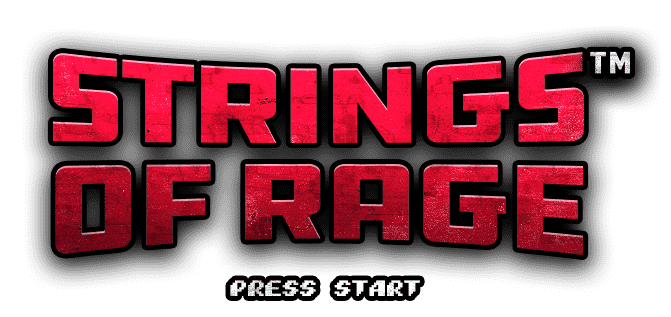
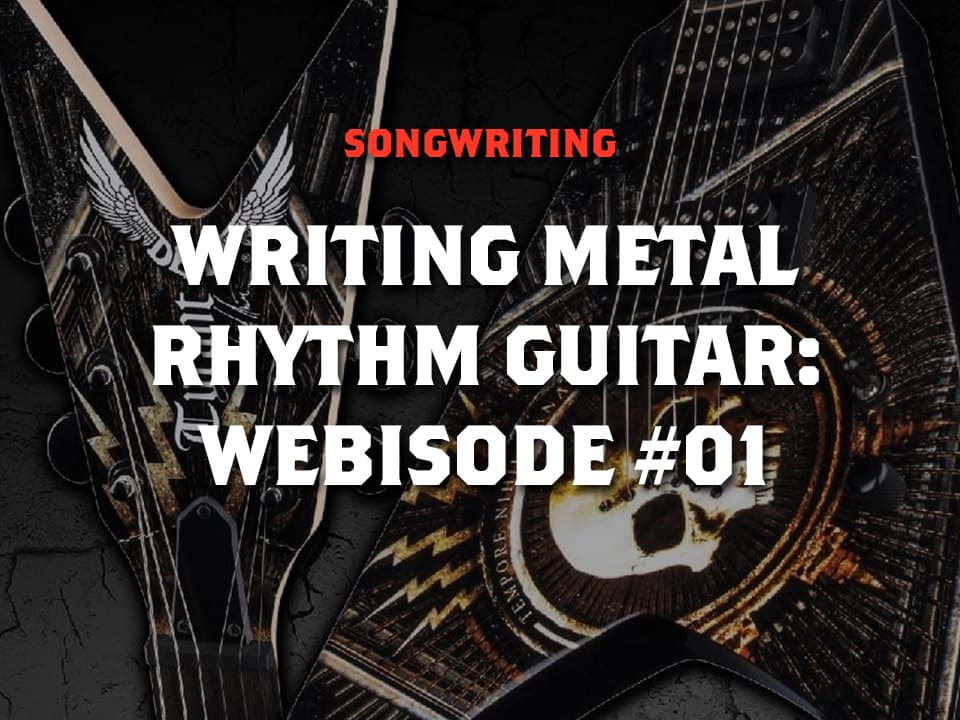
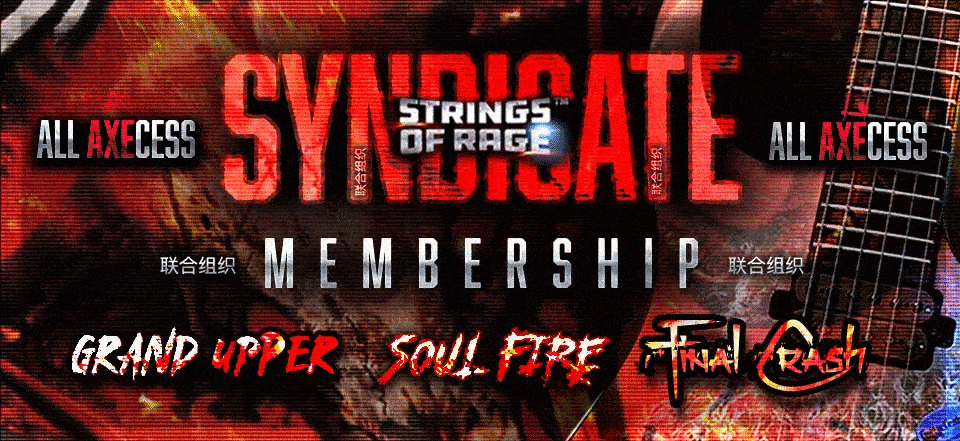
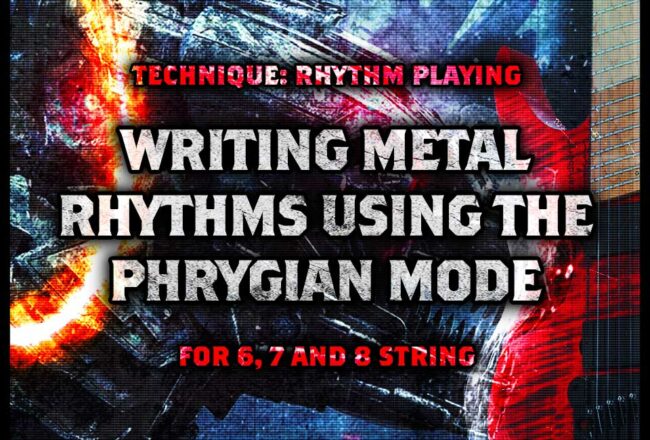
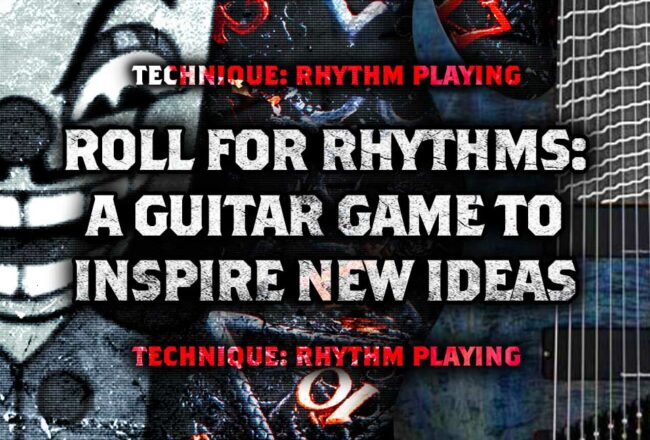
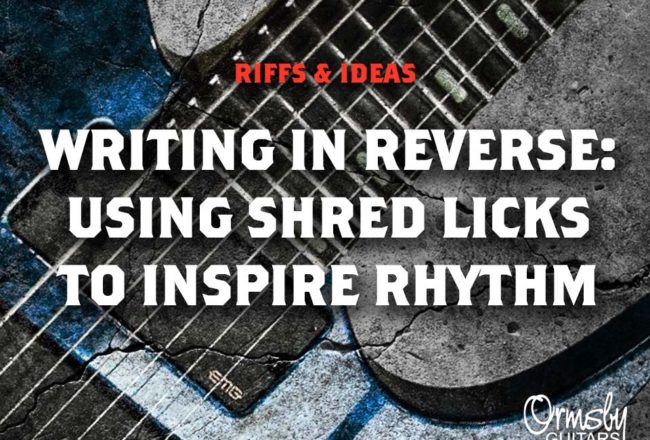


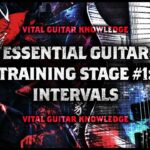
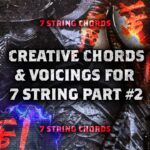

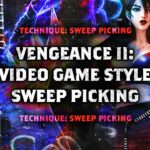
No Comment